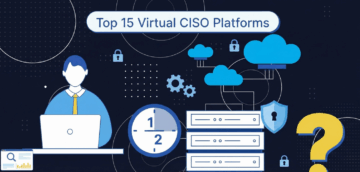
Virtual CISO Services: Top 15 Companies in 2026
This article presents a curated list of the top virtual CISO (vCISO) services and providers for late 2026. Designed to …
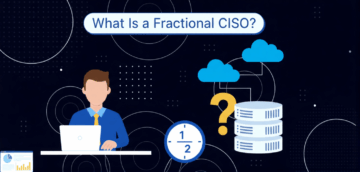
What Is a Fractional CISO? Strategic Role and Value
This article explores the role of a fractional CISO, a part-time strategic cybersecurity leader who helps organizations without the commitment …

Vulnerability Assessment vs. Penetration Testing: Key Differences Explained
In cybersecurity, vulnerability assessment and penetration testing are sometimes mistakenly thought to be the same, but they represent distinct disciplines …
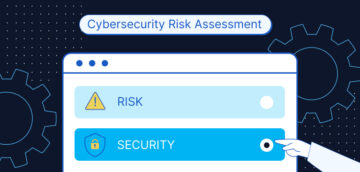
What Is Cybersecurity Maturity Assessment?
A cybersecurity maturity assessment is a crucial tool for measuring the depth and effectiveness of an organization’s security program across …
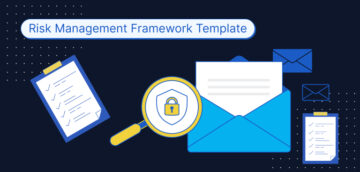
What Is Threat Assessment in Cybersecurity?
This article explores the key components, methodologies, and best practices of threat assessment, providing a step-by-step guide to help organizations …

Vendor Risk Assessment: A Step-by-Step Guide
Managing third-party relationships has become one of the most critical aspects of organizational cybersecurity. This comprehensive guide provides a complete …

What is Security Posture Assessment? A Complete Guide
In our age, no organization can afford to operate without a clear view of its cybersecurity readiness. A security posture …
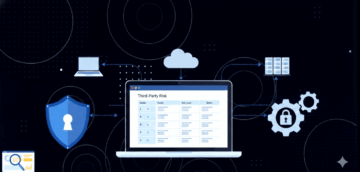
Top Third-Party Risk Management Software Solutions
As modern organizations rely on a growing web of vendors and partners, vendor risk management is no longer optional; it’s …

Best Compliance Automation Software: Top 12 Tools in 2026
As regulatory frameworks multiply and audits become more demanding, manual compliance management is no longer sustainable. Compliance automation software has …
Streamline Cybersecurity Compliance and Risk with Cynomi’s vCISO Platform
Learn how Cynomi streamlines cybersecurity compliance and risk management through its AI-powered vCISO platform, automating assessments, tailored policies, prioritized remediation, and real-time reporting. Ideal for MSPs, MSSPs, and consultants, it scales vCISO services efficiently, reducing manual effort while maintaining proactive, audit-ready security posture for clients.
Compliance
-
Key Compliance Frameworks in Cybersecurity
-
Compliance Audit: A Complete Checklist for Cybersecurity Audit Readiness
-
CMMC Compliance Checklist
-
Top Cybersecurity Compliance Standards
-
PCI DSS Compliance Checklist
-
HIPAA Compliance Checklist for 2026
-
Compliance vs. Risk Management: Key Differences
-
Continuous Compliance: What it is and How to Get Started
-
What is Regulatory Compliance?
-
What is Compliance Automation?
-
What is Compliance Management?
Risk management
-
What is Security Posture Assessment? A Complete Guide
-
Top Third-Party Risk Management Software Solutions
-
Best Risk Management Platforms: Top 10 Solutions in 2026
-
What is Vendor Risk Management (VRM) in Cybersecurity?
-
Compliance vs. Risk Management: Key Differences
-
What is Cybersecurity Risk Management? A Practical Guide
-
What is Risk Management Framework (RMF)
-
What is Third-Party Risk Management (TPRM)?
vCISO
-
Virtual CISO Services: Top 15 Companies in 2026
-
What Is a Fractional CISO? Strategic Role and Value
-
vCISO vs. CISO: Comparing Roles, Costs, and Strategic Value
-
What Is a Virtual CISO (vCISO)?
-
The Definitive Guide to vCISO Costs: Pricing Models, Drivers, and Strategic ROI
-
CISO as a Service (CISOaaS): A Strategic Guide to Managed vCISO Solutions
-
The Complete vCISO Roles and Responsibilities Guide
Risk Assessment
-
Vulnerability Assessment vs. Penetration Testing: Key Differences Explained
-
What Is Cybersecurity Maturity Assessment?
-
What Is Threat Assessment in Cybersecurity?
-
Vendor Risk Assessment: A Step-by-Step Guide
-
IT Security Risk Assessment: Process, Tools, and Automation
-
Cybersecurity Risk Assessment Checklist: Build Stronger Defenses
-
Vulnerability Assessment Checklist: Key Components & Best Practices
-
Vendor Risk Assessment Questionnaire: What to Ask and Why It Matters
-
What Is A Cybersecurity Risk Assessment: A Complete Guide